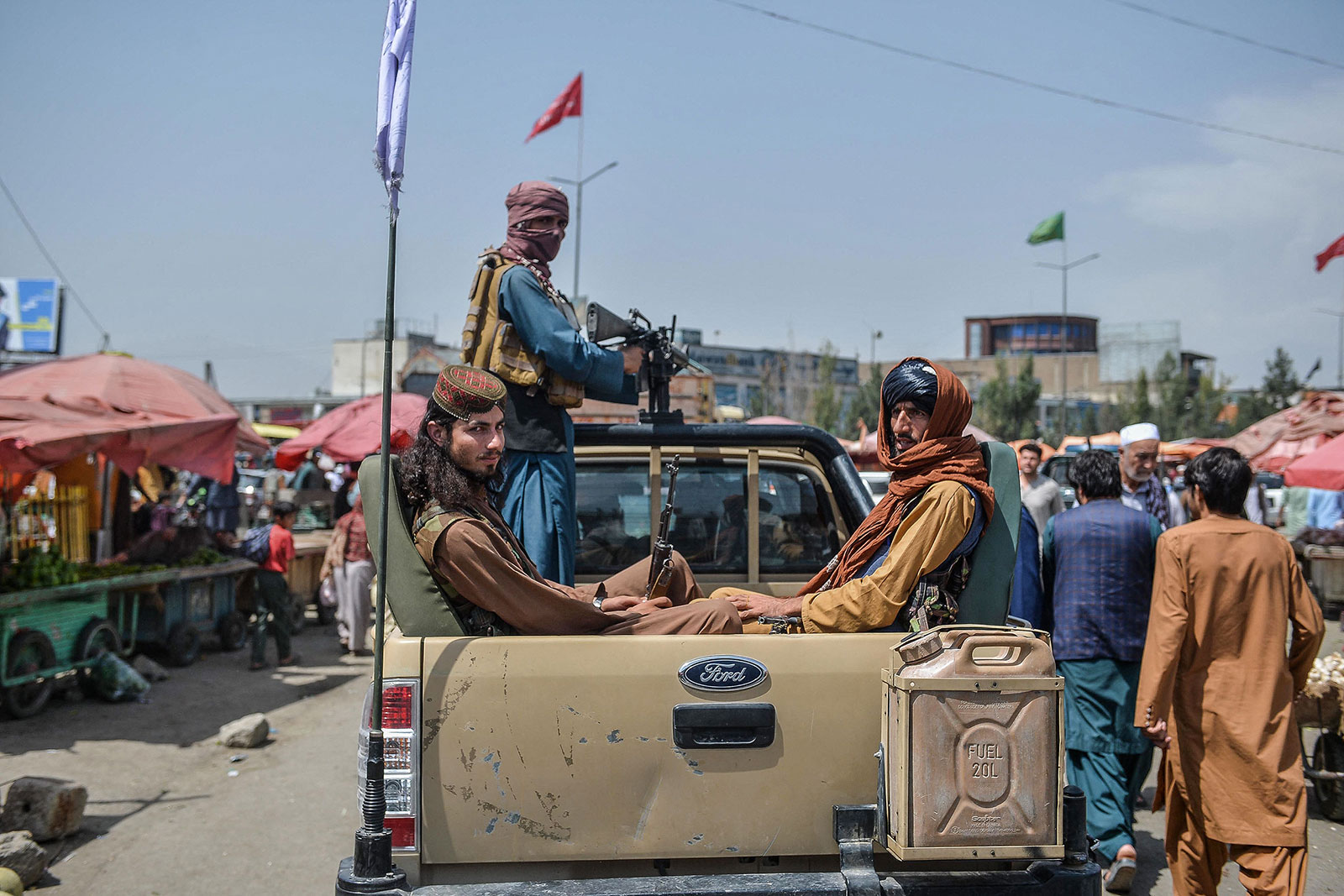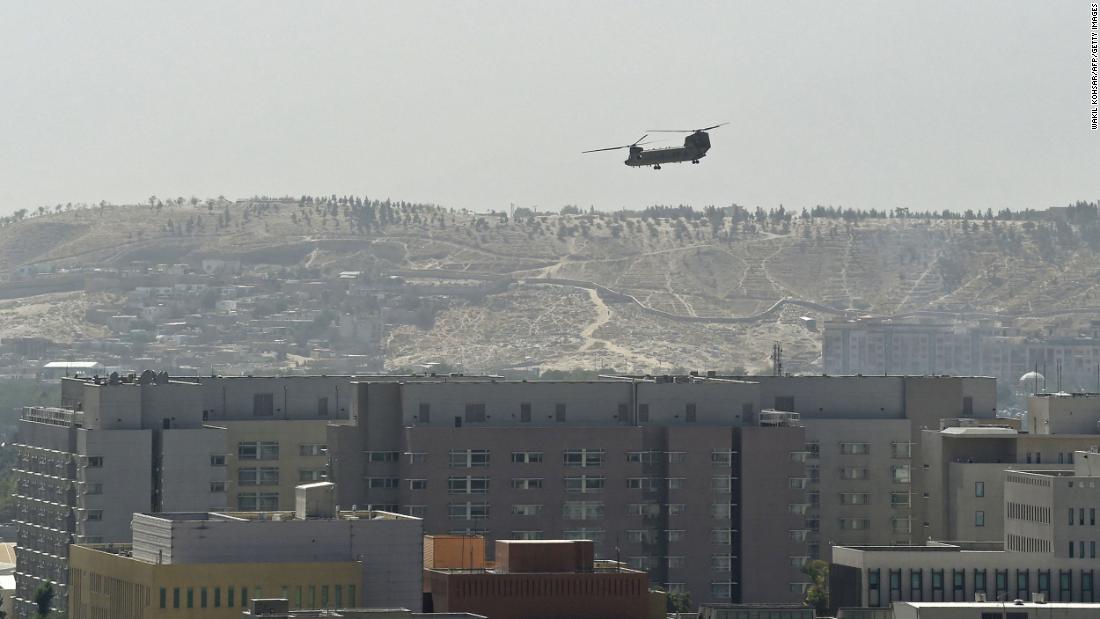
Just last week, US intelligence analysts had predicted it would likely take several more weeks before Afghanistan’s civilian government in Kabul fell to Taliban fighters. In reality, it only took a few short days.
On Sunday, Taliban militants retook Afghanistan’s capital, almost two decades after they were driven from Kabul by US troops.
But who are the Taliban? Formed in 1994, the Taliban were made up of former Afghan resistance fighters, known collectively as mujahedeen, who fought the invading Soviet forces in the 1980s. They aimed to impose their interpretation of Islamic law on the country — and remove any foreign influence.
After the Taliban captured Kabul in 1996, the Sunni Islamist organization put in place strict rules. Women had to wear head-to-toe coverings, weren’t allowed to study or work and were forbidden from traveling alone. TV, music and non-Islamic holidays were also banned.
That changed after Sept. 11, 2001, when 19 men hijacked four commercial planes in the US, crashing two into the World Trade Center towers, one into the Pentagon, and another, destined for Washington, into a field in Pennsylvania. More than 2,700 people were killed in the attacks.
The attack was orchestrated by al Qaeda leader Osama bin Laden, who operated from inside of Taliban-controlled Afghanistan. Less than a month after the attack, US and allied forces invaded Afghanistan, aiming to stop the Taliban from providing a safe-haven to al Qaeda — and to stop al Qaeda from using Afghanistan as a base of operations for terrorist activities.
In the two decades since they were ousted from power, the Taliban have been waging an insurgency against the allied forces and the US-backed Afghan government.
What do the Taliban want? The Taliban have tried to present themselves as different from the past — they have claimed to be committed to the peace process, an inclusive government, and willing to maintain some rights for women. However, it remains to be seen if they will follow through and deliver on it.
Taliban spokesman Sohail Shaheen said women would still be allowed to continue their education from primary to higher education – a break from the rules during the Taliban’s past rule between 1996 and 2001. Shaheen also said diplomats, journalists and non-profits could continue operating in the country.
“That is our commitment, to provide a secure environment and they can carry out their activities for the people of Afghanistan,” he said.
But many observers worry that a return to Taliban rule is a return to the Afghanistan of two decades ago, when women’s rights were severely restricted. Antonio Guterres, the United Nations secretary-general, said in a tweet that hundreds of thousands were being forced to flee amid reports of serious human rights violations.
Read more about the group here.




More News
Louisiana Lawmakers Vote to Make Abortion Pills Controlled Substances
U.S. Military Faces Reality in Gaza as Aid Project Struggles
Biden Plans to Give Kenya Key Ally Designation During Its Leader’s Visit